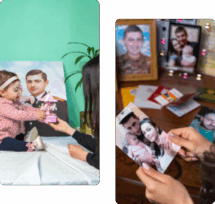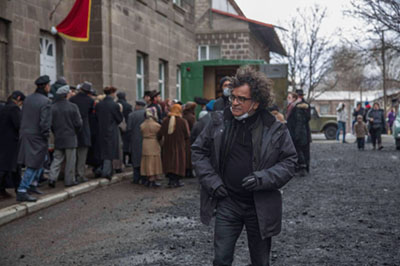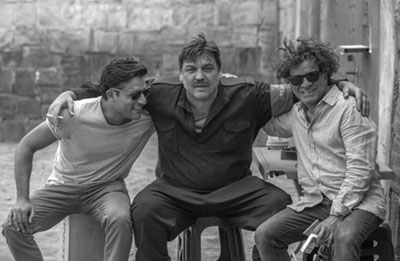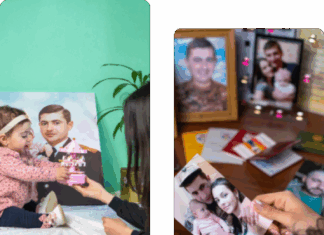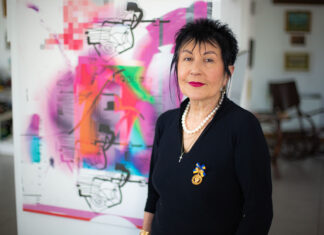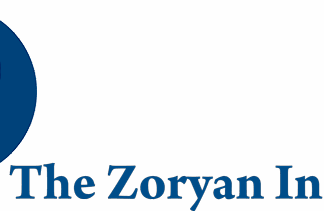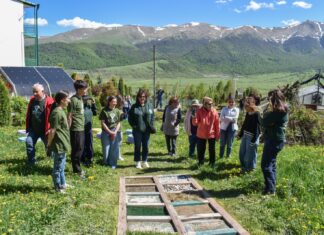YEREVAN/NEW YORK CITY — Cinematographer and director Ghasem Ebrahimian was born in 1953 in Iran. He studied film at the University of New York. In 1977 he made his first (short) film, “Willie,” which won best drama award in 1981 and was shown in many festivals and American and European TV channels. In 1982 he founded the production company “Ebra Films” with Coleen Higgins; together they directed more than 25 short documentary films.
Ebrahimian also directed “The Suitors” (1988), “The South Bank Show” (TV series documentary, co-director, 2002), “Logic of the Birds” (co-director, 2002), “The Sacred and the Absurd” (2005) and “Roads to Mecca” (2010), often based on his own scripts.
I met and Ghasem Ebrahimian in Yerevan, where he spent several months in the first half of 2020 working as a director of photography on a feature film project with a working title “Amerikatsi” (American) by Michael Goorjian, produced by the People of Ar film studio of Armenia (producer – Arman Nshanian). It was a great pleasure to work and socialize with that very positive, cheerful person, sharing common interests in cinema, Iran and Armenia.
Ghasem jan, your activities in film is quite versatile. What do you consider yourself?
I consider myself a filmmaker and a director of photography, although I have worked as writer and director on my own personal projects.
What are the main subjects you were interested in?
